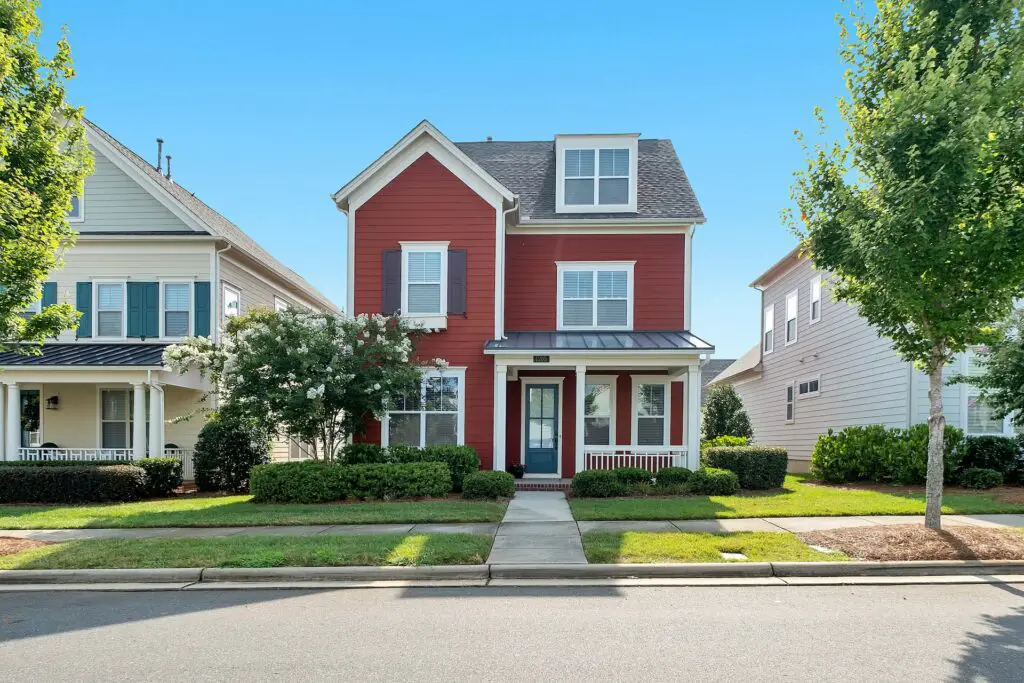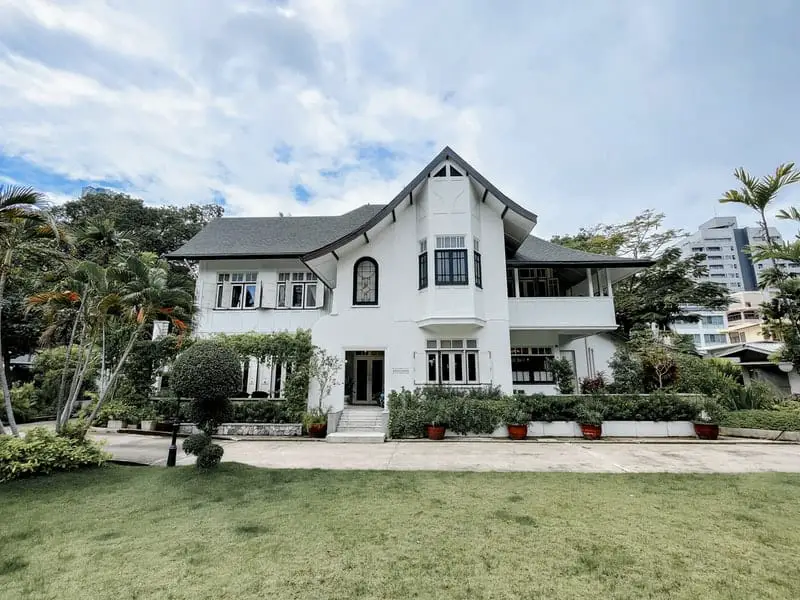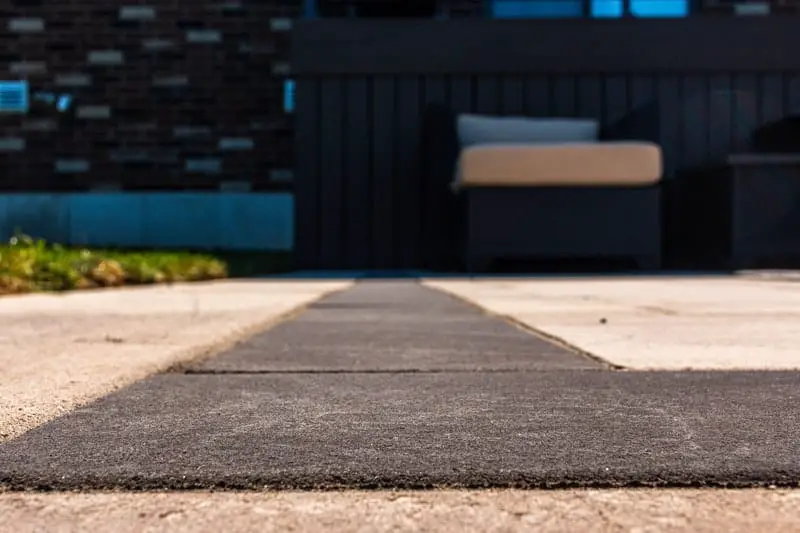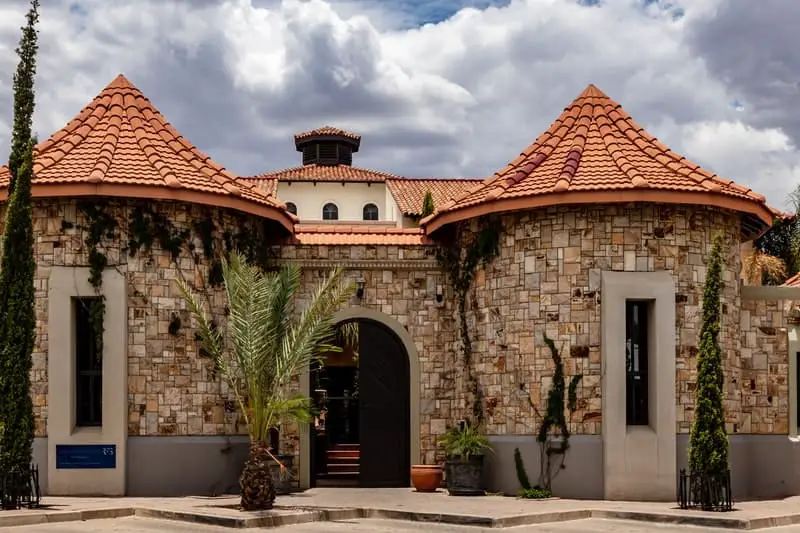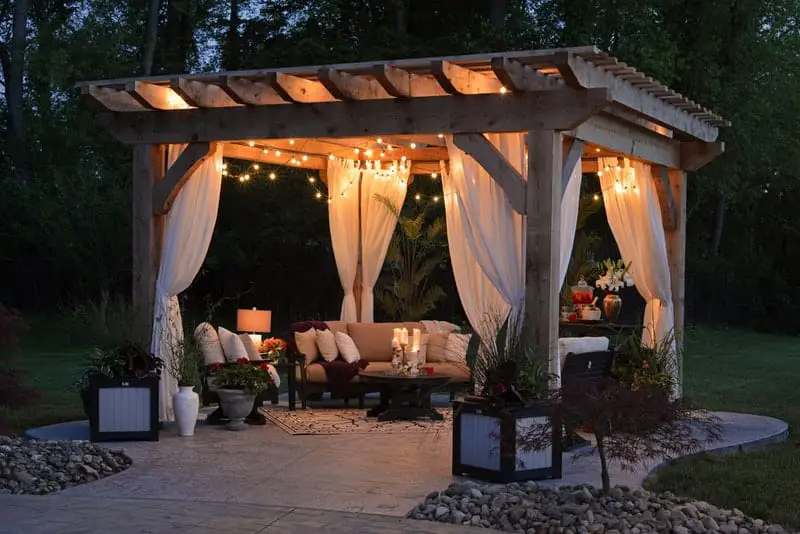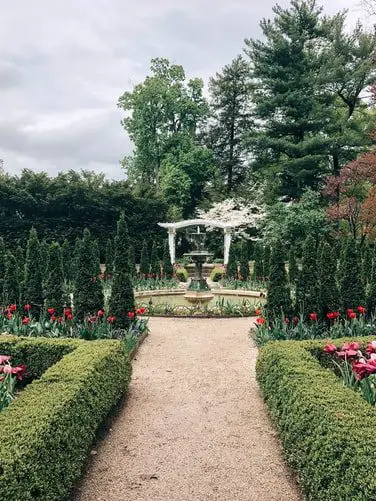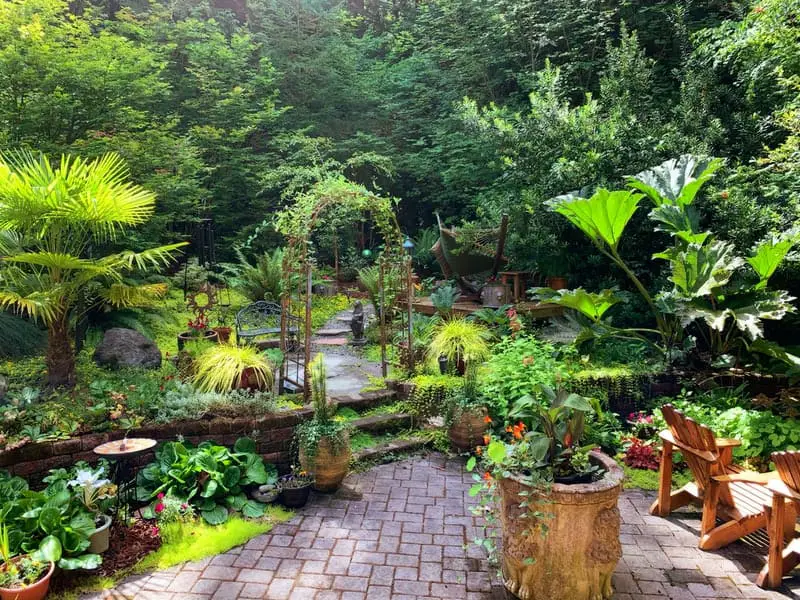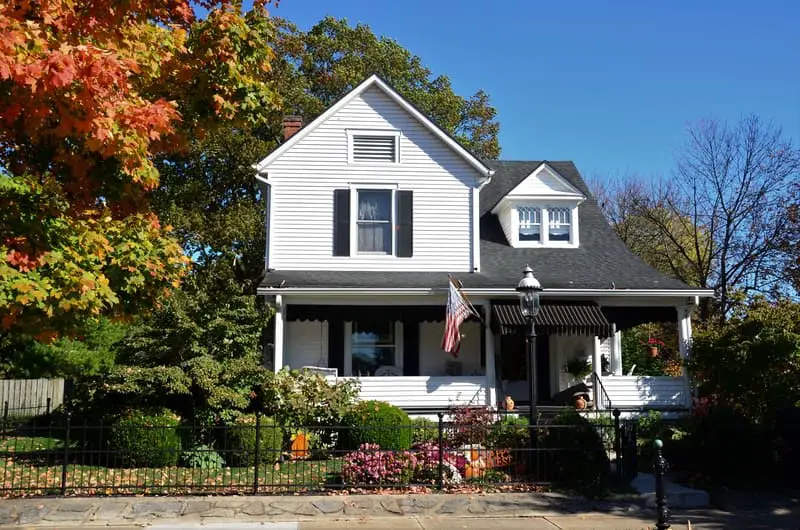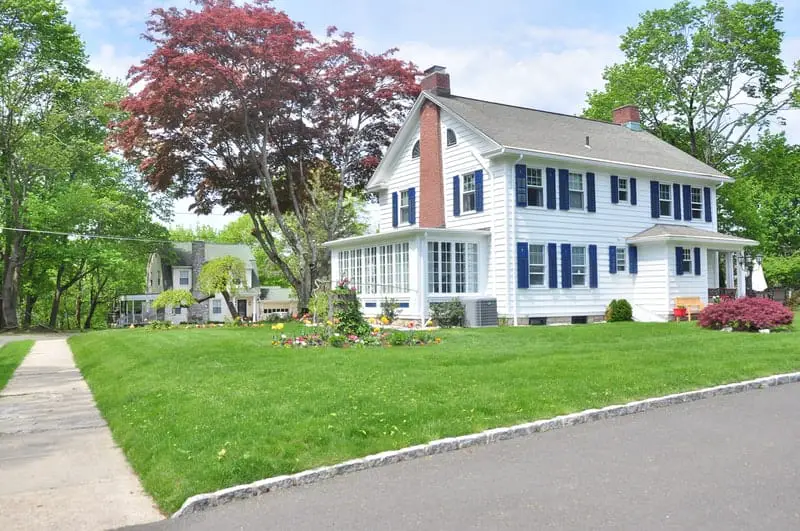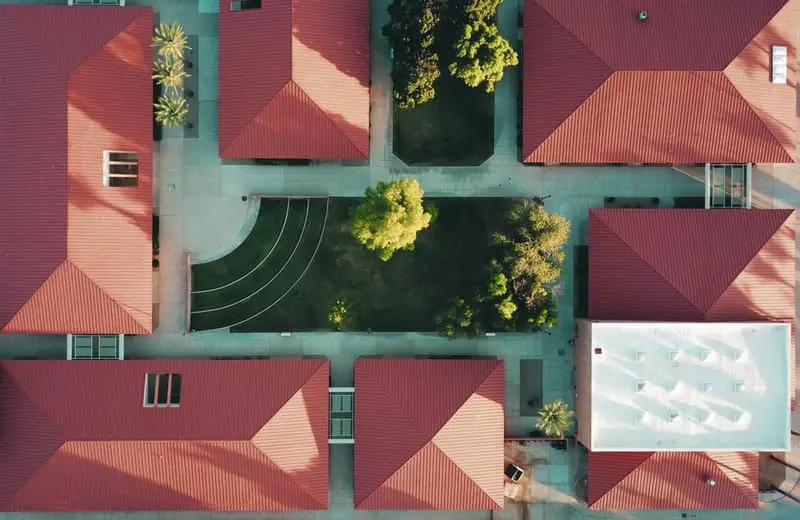After a while, your hardscapes may be showing their age, or you may just be tired of the look. For whatever reason, many people are interested in changing their hardscape. If hardscapes have a reputation, it is that they are heavy, durable, and expensive.
The good news is they can be fairly inexpensive if you have the right materials, ideas, patience, and aren’t afraid of a bit of work. There are many ways you can improve the appearance of your hardscapes without breaking the bank.
So, please read this article for a few cheap hardscape ideas that make it possible to create the look you want within a reasonable budget.
Affordable Water Feature for a Refreshing Look
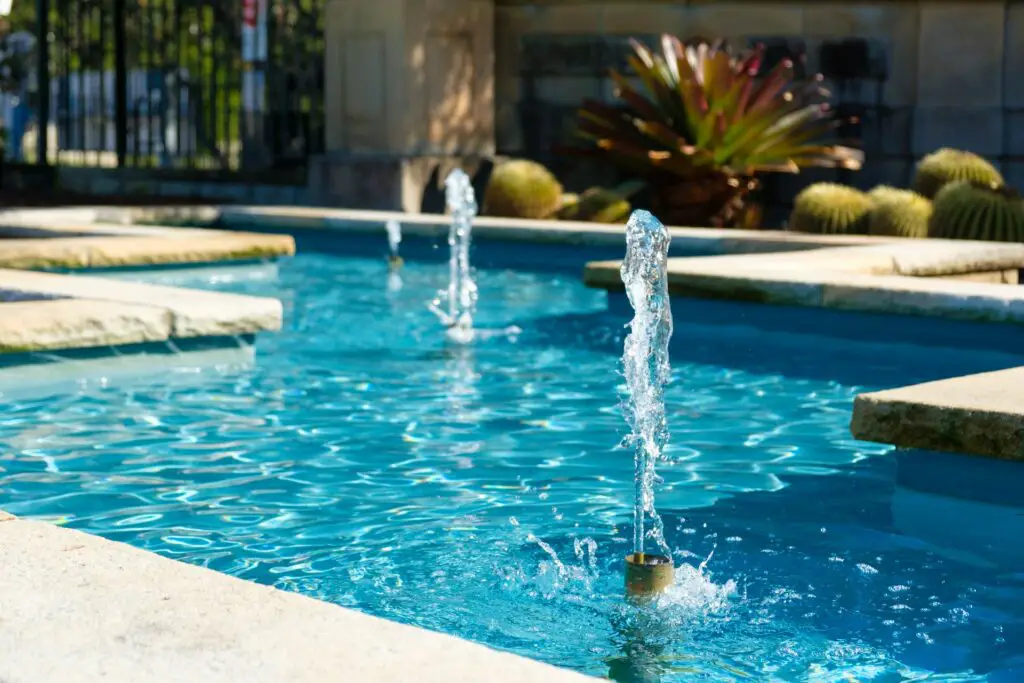
A water feature is a great way to add a little more life and color to your garden, and it can also provide a relaxing atmosphere while you’re enjoying your outdoor space. The sight and sounds of water touch us in a way that no other hardscape can.
If you want an affordable water feature, your creativity and effort level are your only limits.
You can certainly find some used fountains and tubs in second-hand shops or at rummage sales; be aware that old, dried-out pumps are not likely to run too long, if at all.
You can create a basin that will hold water by using almost any material that holds water, such as plastic, rubber, concrete, or clay. You can easily find many different sizes and shapes of basins to hold the water, and after that, it is up to you whether or not you want to add a pump, rock, plants, fish, etc.
You can decorate a water feature using many types of materials, such as rocks, gravel, shells, driftwood, and plants.
Do-It-Yourself Garden Pathway
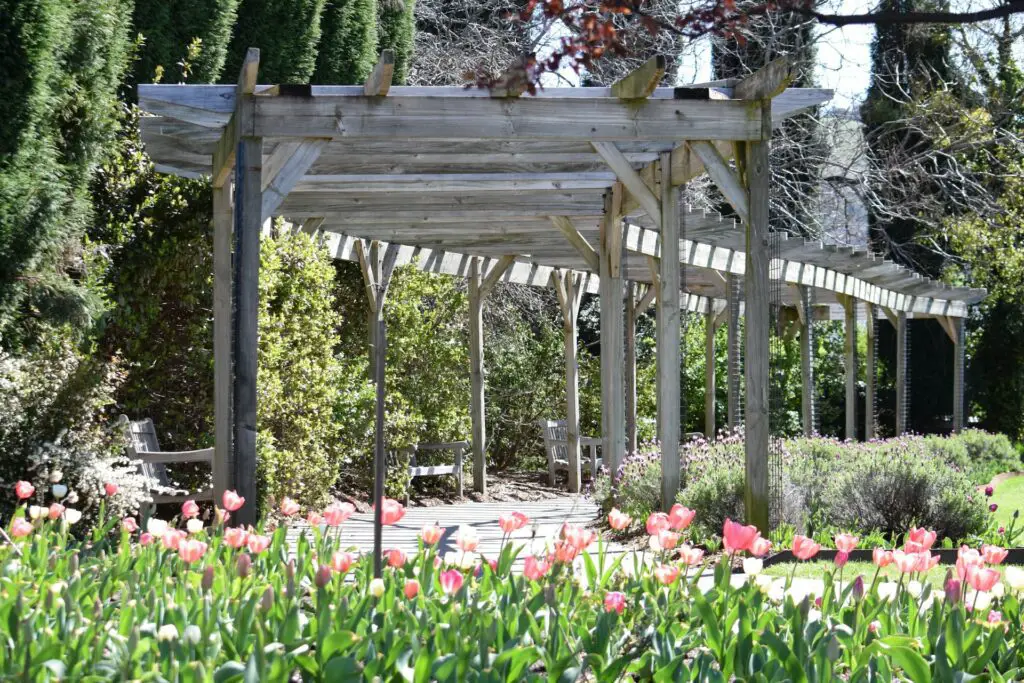
Hardscape path ideas for beginners do not need to be costly or time-consuming. There are a variety of quick and easy choices available, including pea gravel, pebbles, or some flagstones. Well-made stone paths certainly help you bring nature’s charm into your landscape without costing much.
Pavers are another excellent DIY yard walkway material. These are often cut rocks in the form of rectangular blocks that you align and closely pack to form a nice pathway. And if you want to add a new level to that rustic vibe, space out planks of wood along the stone pathway.
While new pavers and stones can get quite expensive, stones can often be harvested from your land, and there are also many options for purchasing used pavers and stone materials.
Elevate Your Garden Bed
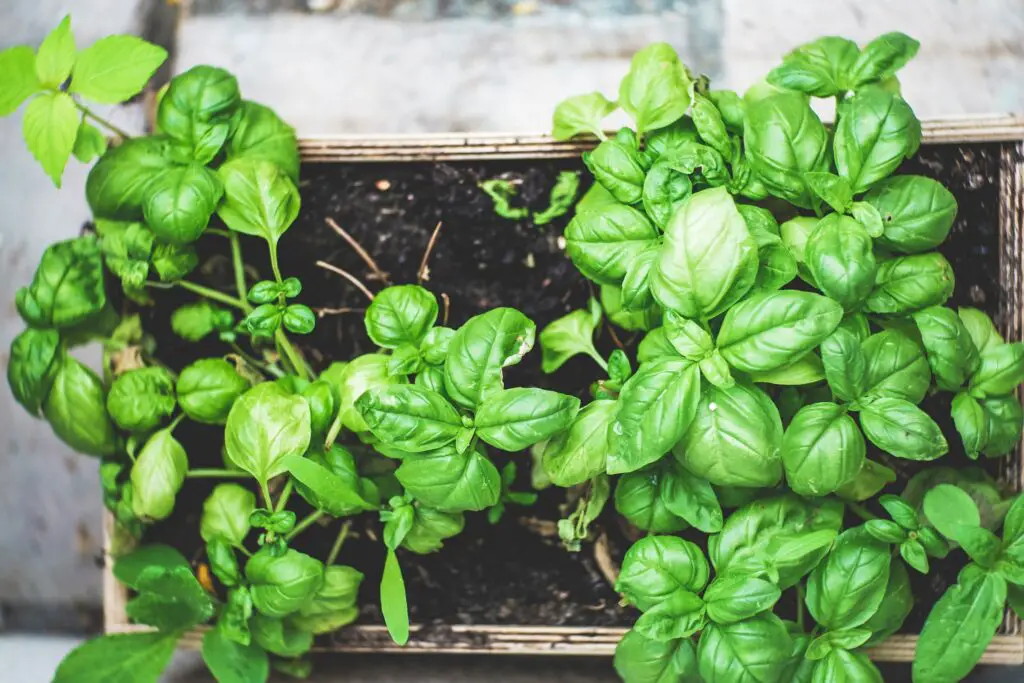
Raised-tier gardening beds will add a unique touch to your cheap hardscaping activities. Elevating your garden bed is a great way to add a little vertical interest and sometimes even privacy to your space. It’s also super easy to do!
If you want to elevate your garden bed, you can use various materials like bricks, stones, timbers, cinder blocks, old tires, or pre-made tubs. There are also a wide variety of raised planters available online that are relatively inexpensive.
Raised beds are designed to eliminate the necessity for people to get into them, giving easy access to all areas of the bed. According to the University of Georgia Extension website, it’s optimal to build elevated beds that are 4 feet wide and 36 inches above the ground (you can make them any length you want).
Recycle Old Things to Create New Hardscape Decor
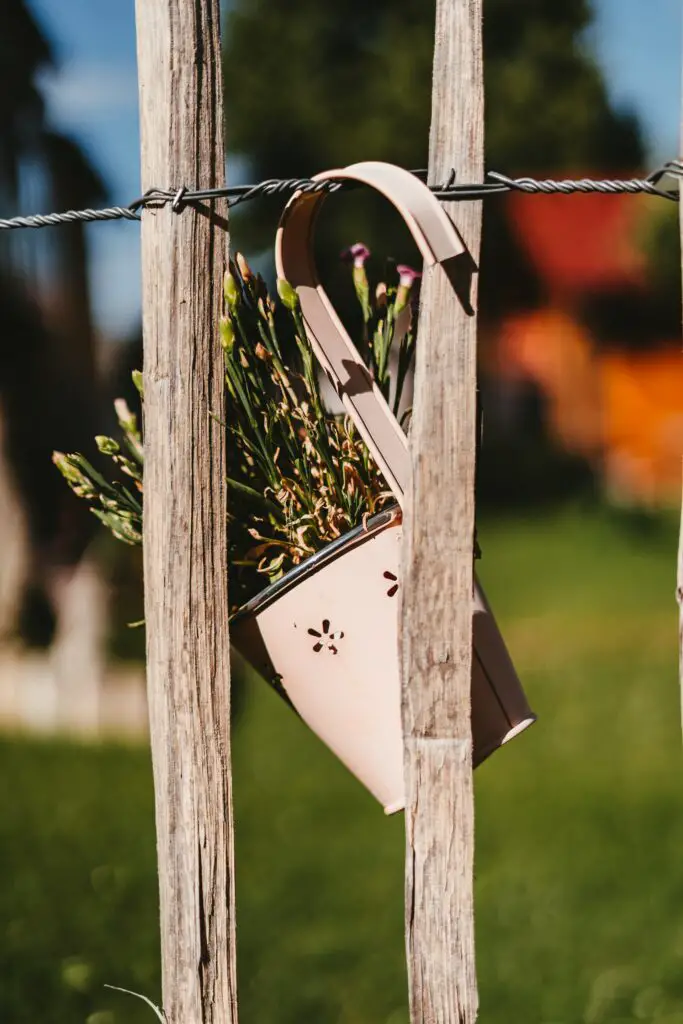
There is hardly a nicer method to display those old but charming vintage and thrift store purchases than in your garden scenery. Recycling materials is an excellent way to customize your outdoor retreat and give your hardscape some personality.
Making interesting backyard designs requires imagination, effort, and passion—you barely need to spend a penny! You can easily transform drab and uninspired places into eye-catching landscape areas by adorning your yard by constructing spectacular art pieces, making usable products out of cans and bottles, repurposing steel or plastic items, or even just repainting your fences a different shade. You can use almost any item, such as wood pallets, old doors and windows, barrels, tires, and more, to create a unique look for your garden or patio.
To make the most of your recycled materials, consider adding decorative touches to your planters or trellises to give those old hardscape features a bit of new interest.
Compartmentalize Your Landscape
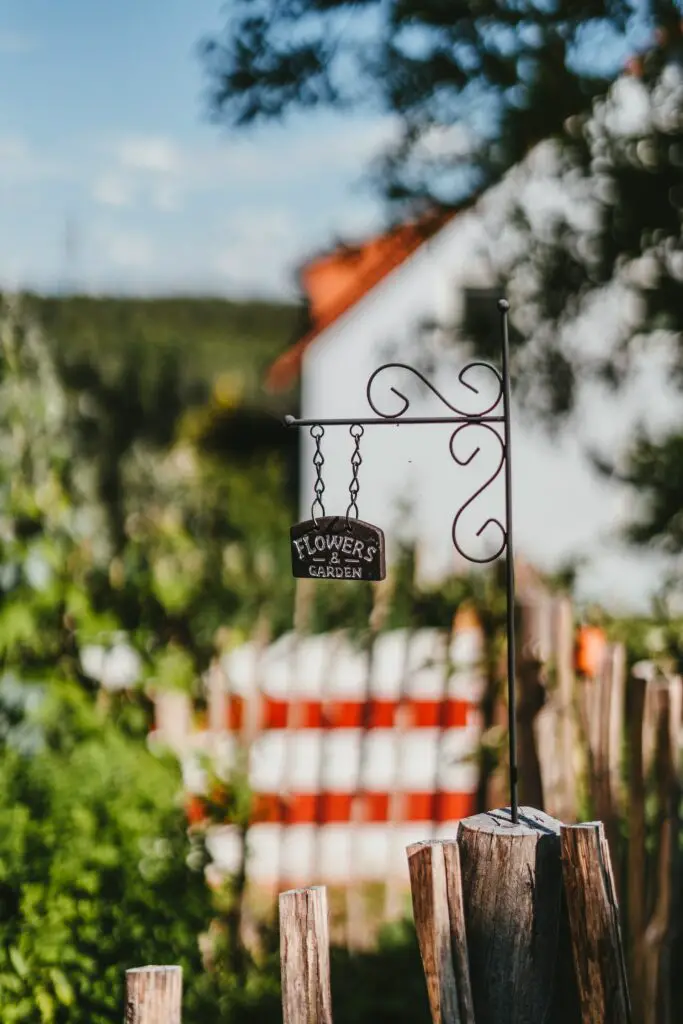
Using borders to improve front yard or backyard landscaping is an inexpensive strategy to enhance your hardscape. This technique can add to the landscape if you vary your materials and blend different materials to create one cohesive yet interesting look.
You may have an idea of what you want to do in the front yard, but you might need a clearer idea of what to do in the back or side yards. That’s why dividing your space lets you experiment with multiple projects, each with its design focus and budget. An inexpensive way to do it is to use big ornamental rocks to adorn your borders.
Gardeners often compartmentalize different areas of the yard into separate little “rooms” with the landscape.
Inexpensive Landscape Lighting
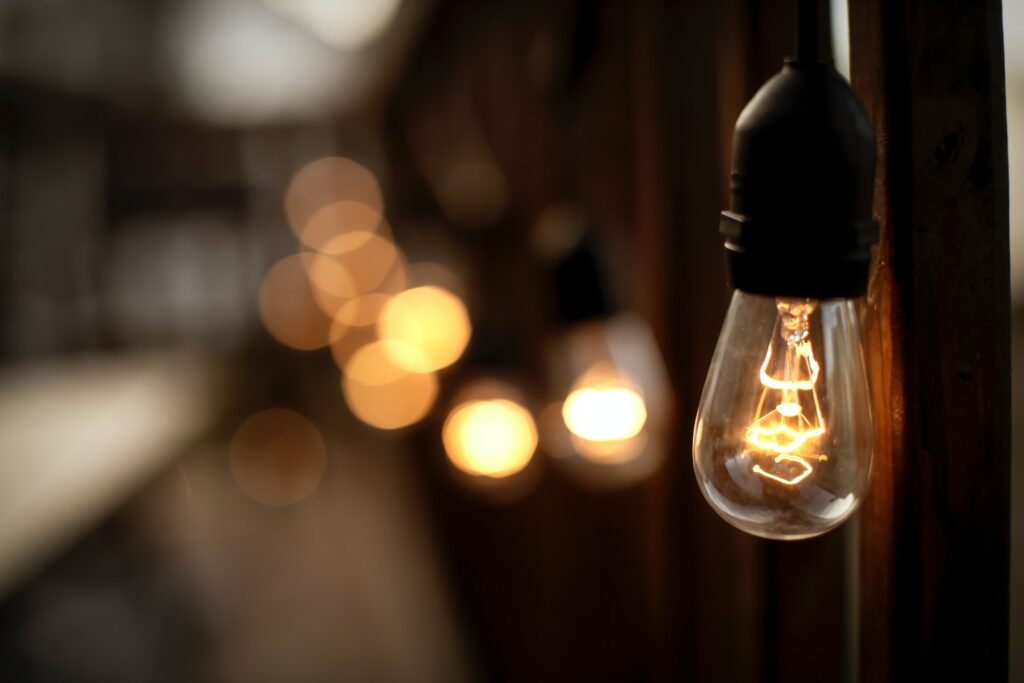
These inexpensive landscape lighting ideas will help you transform your yard into a stunning, dreamy sight in the evening. But if you’re on a budget, it can be hard to figure out where to start. Here are some ideas that may help you save money while illuminating your outdoor space.
String lights come in a variety of sizes, styles, and colors, making it hard not to get an outdoor space that looks fantastic. These are straightforward ways to add flair to a place without modifying much. Because most of them are now LED, they will also conserve electricity in the long term.
You may use landscape lighting to accentuate or highlight features of your landscaping or as a general lighting source in areas like pathways and steps. Either way, it can make a huge difference to the hardscape.
Cut Costs by Making Your Garden Furniture
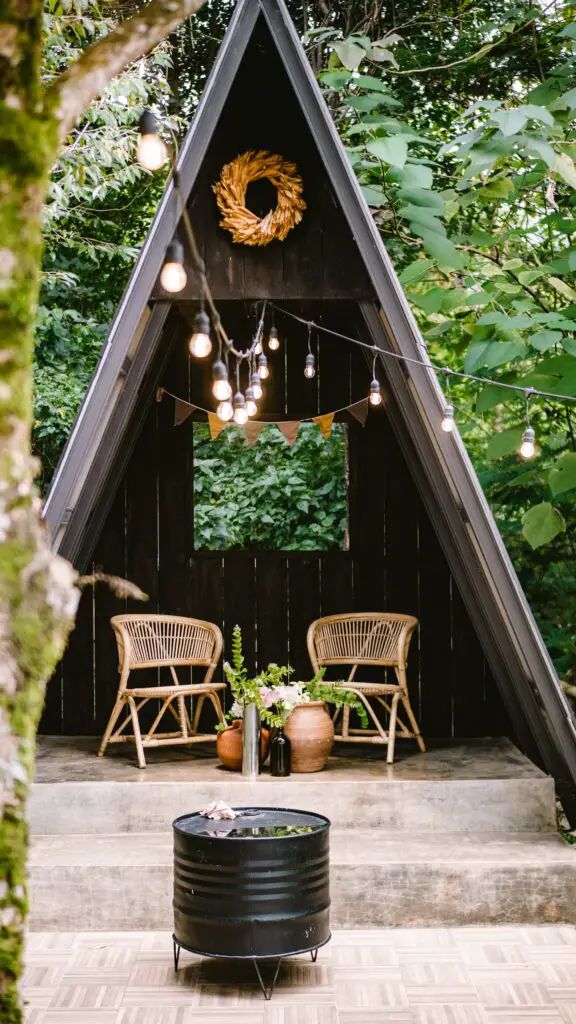
You can save money by building your wooden garden furniture. The materials are readily available, and you only need basic tools. Creating your outdoor furniture will add a unique touch to your garden and reduce costs for the summer months. Plus, you can create pieces that match existing house furniture or go in a completely different direction with a fun new look that reflects your personality. Once you get your projects going, it’s fun and satisfying to have a set of DIY garden chairs or tables and some simple shelving for your potted herbs.
You can always repurpose indoor tables and chair set that don’t get much use, or you may have some old cushions that you could make into pillows or seat pads. Just be aware that water absorbing materials are usually not the best choice for outdoor spaces unless you live in a very arid area. You could even take old pieces apart and build something new with them — like a bench or tabletop. The possibilities are endless when looking to make unique outdoor furniture!
Use Fancy-Looking Outdoor Rugs for an Inviting Patio
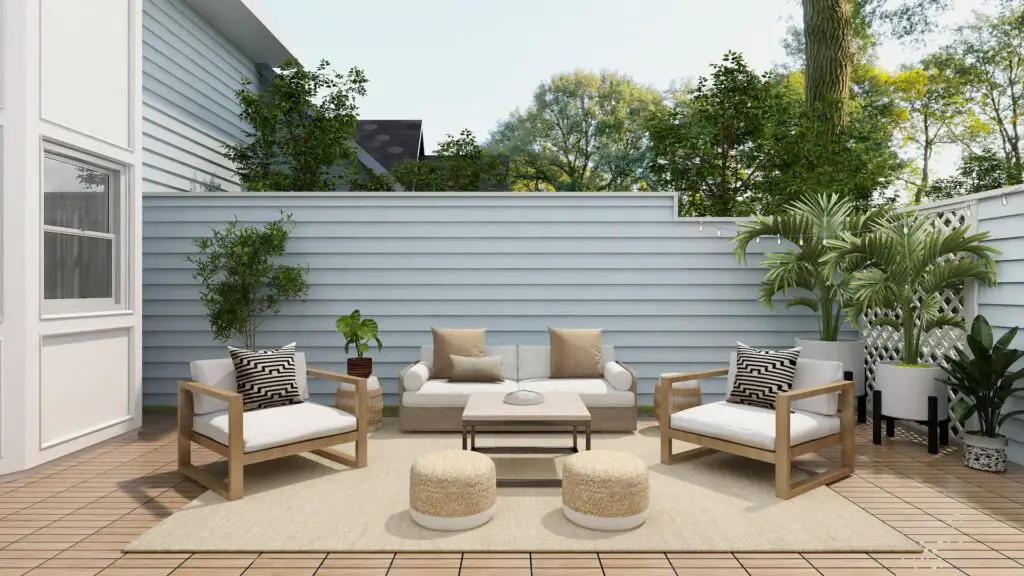
Instead of investing in a replacement patio, conceal a worn-looking deck or pavement with beautiful outdoor carpets, mats, or rugs. If you want to go the eco-friendly route, pick ones made of recycled plastic! You’ll be surprised at the variety of designs and colors. It’s a very affordable object that instantly makes a difference in the landscaping look.
Being cozy to the feel, they are the simplest and most effective method to incorporate your taste in design into your outdoor seating area and a useful centerpiece to organize pieces around. Furthermore, they are simple to maintain, may be left outside no matter the weather, and dry quickly.
Stylish Fencing for a Neat-Looking Perimeter
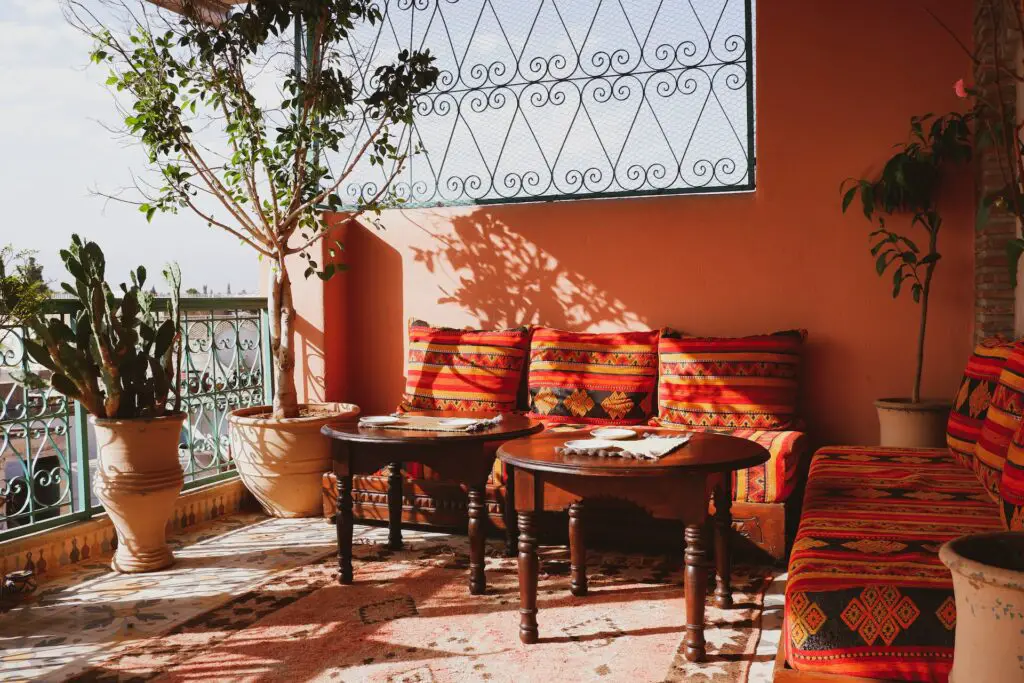
If you’re looking to spruce up the exterior of your home, an easy way to add style and curb appeal is by getting a gorgeous fence. And if you’re on a budget, there are many ways to get creative with your fence design and materials.
Decorative fencing is available in many different styles and materials, including wood, metal, and vinyl, but you’ll want to choose one that complements your home’s architecture and style. You can also choose from an assortment of shapes, sizes, and heights when choosing attractive fencing.
Wooden fences are classic in design and come in many different styles and colors, including wood stain finishes, stain color options, natural wood finishes, and pressure-treated wood species such as cedar or redwood. Vinyl fencing is another popular choice for homeowners who want something durable yet still look modern or traditional in appearance, depending on their needs.
Many people have created their own fences using nothing more than intertwined branches, twigs, and vines.
Modify the Borders Surrounding Your Backyard
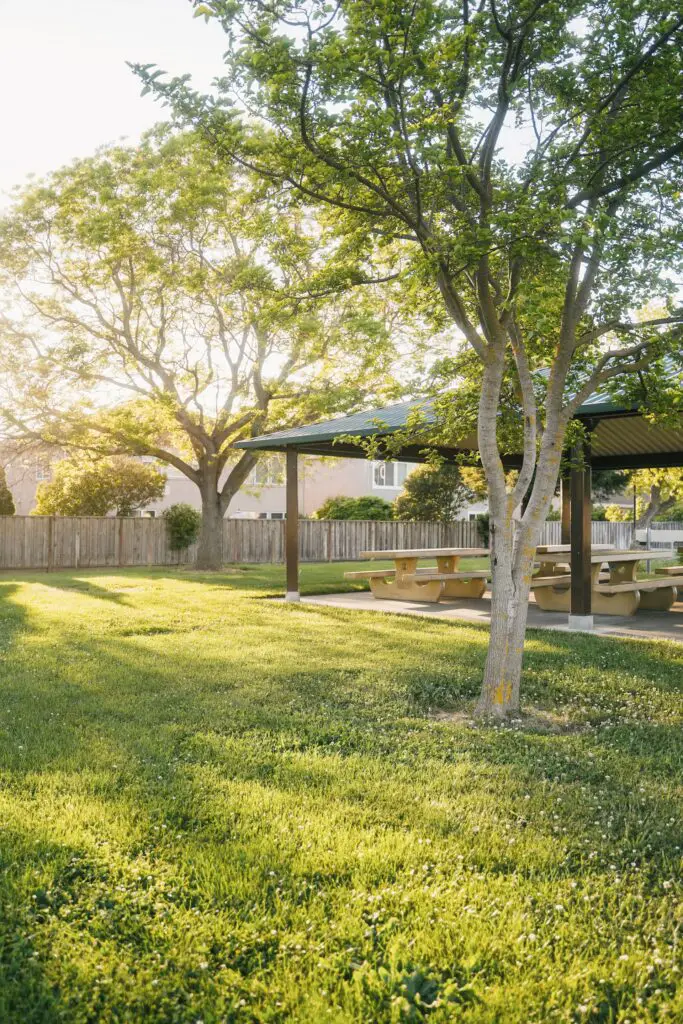
A great way to add interest to your backyard is to add some splashes of hard materials to the surrounding garden beds.
Having a large boulder or even a small section of fence in a bed full of plants will help draw your eye from one area to the next and add a bit of intrigue.
Doing this is an easy way to transform your backyard into something that feels more finished and is also an excellent option for those who don’t want to spend money on expensive materials.
The options are limitless, and constructing borders in any environment can also establish visible boundaries dividing flower beds, grass, and other plantings. It’s a terrific technique to make the best use of even a little area and make it fascinating.
REFERENCES
https://www.sciencedirect.com/science/article/pii/S2214509518300482
https://extension.uga.edu/publications/detail.html?number=C1027-4&title=raised-garden-bed-dimensions
https://extension.okstate.edu/fact-sheets/basics-of-pressure-treatment-of-wood.html

